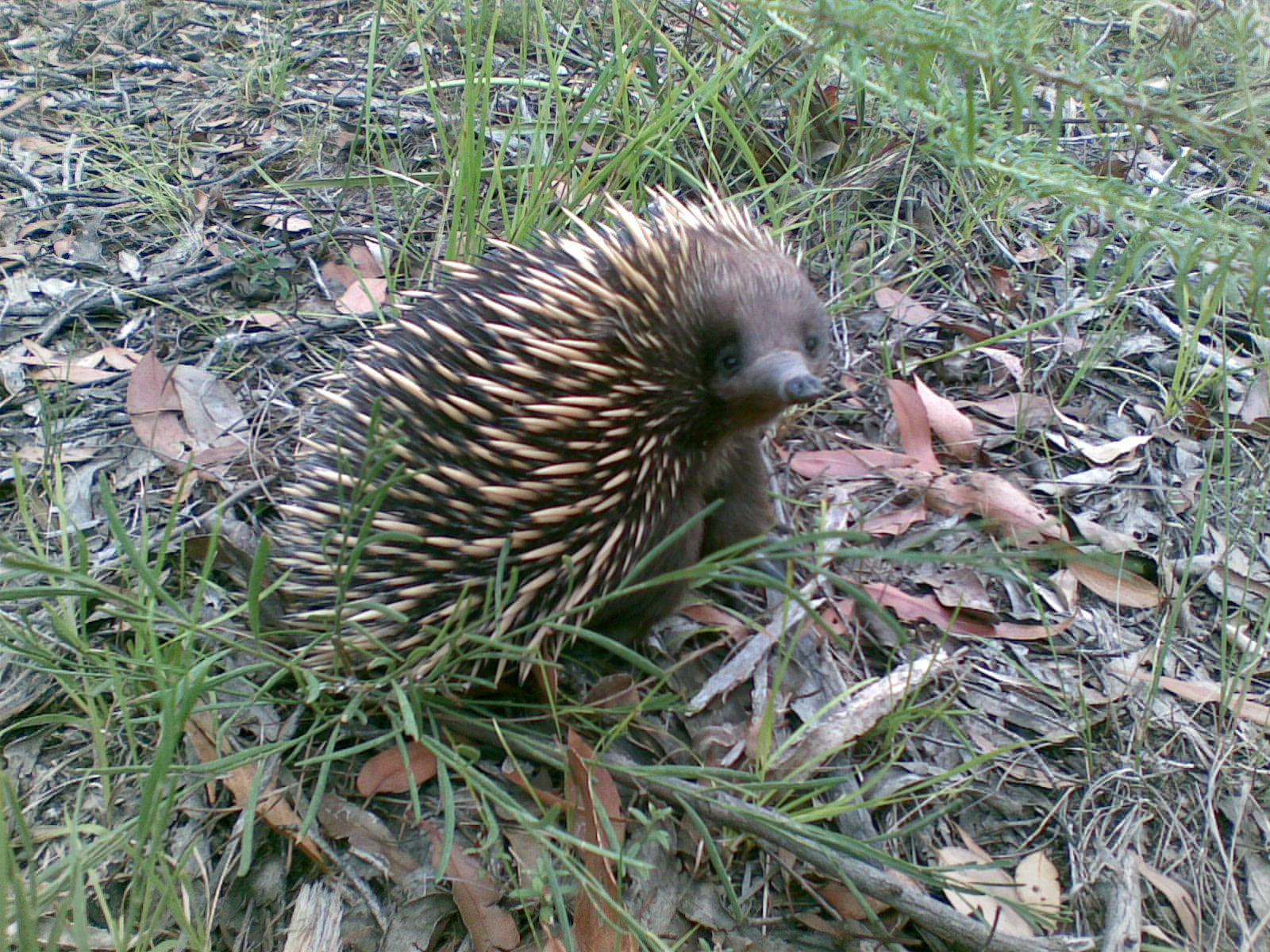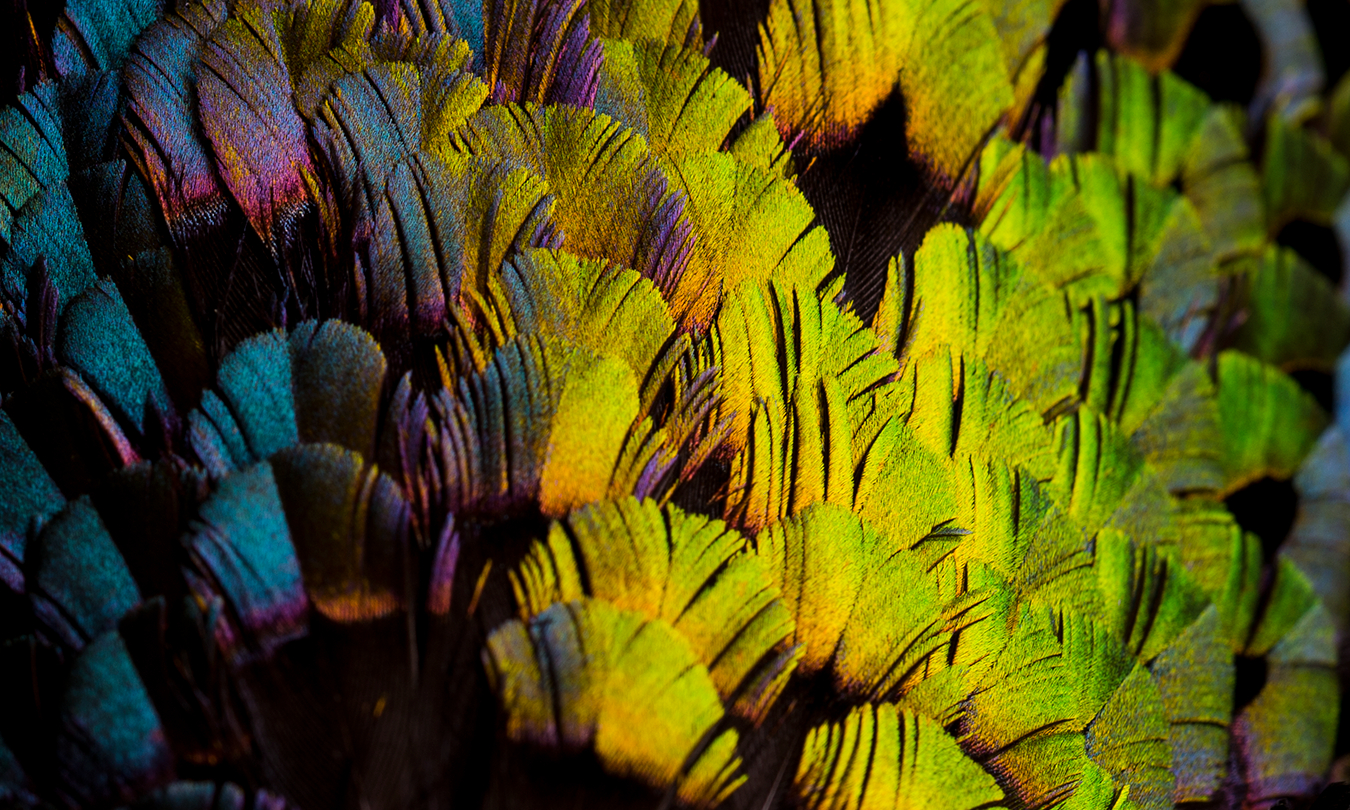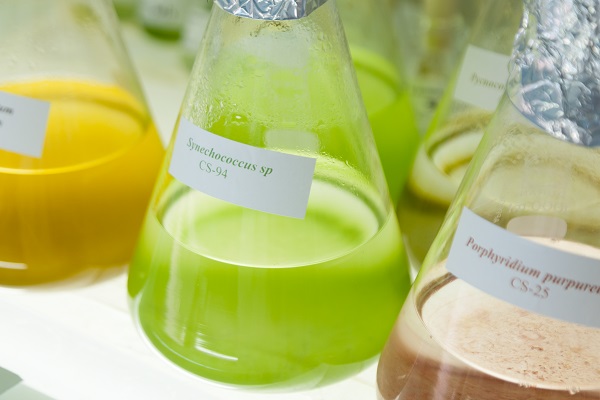1. Our biodiversity is unique
Australia is home to half a million - around eight per cent - of the world's species. Seventy per cent of our species are endemic (not found elsewhere on Earth).
2. Biodiversity is a free, planet-scale life support system
Biodiversity takes care of essential processes like sequestering carbon, cycling nutrients, purifying water, regulating ocean and atmospheric temperature, turning waste into energy, suppressing pests and diseases, and pollinating crops. Many Australian species also support our industries, including agriculture, fisheries and tourism.
3. Collections are critical research infrastructure for the nation
 Biological collections have a long history in Australia, dating back to the late 1700s. Today they underpin research, policy and everyday practice in: biosecurity, biodiversity, restoration, emerging infectious diseases, biofuels and novel products, evolutionary biology, genetic resource management, breeding, bio-inspiration and bioprospecting.
Biological collections have a long history in Australia, dating back to the late 1700s. Today they underpin research, policy and everyday practice in: biosecurity, biodiversity, restoration, emerging infectious diseases, biofuels and novel products, evolutionary biology, genetic resource management, breeding, bio-inspiration and bioprospecting.
4. The National Research Collections Australia are home to 15 million specimens
From fishes to birds to native plants, weeds, pest insects and much more, our collections are a continental-scale, 200+ year time series that reveals Australia's biodiversity. Our collections are made up of natural history specimens, including whole organisms, skins, tissues samples, skeletons and DNA samples; and their metadata, including what species they are, when and where they were collected, site descriptions, species associations, etc.
5. We are digitising the National Research Collections Australia
Our digital collection is made up of photographs, 3D scans and x-ray images of our specimens and their metadata. We also have a library of bird and wildlife sounds and collections of DNA sequences. As we digitise our collections, we are making them available on the Atlas of Living Australia. There are millions of free public downloads of our biodiversity data each year from the Atlas for use in education, research and policy.
6. Our collections result in impact
Our insect collection protects Australia's biosecurity by enabling insects to be identified at our borders and revealing how insecticide resistance develops. Our fish collection provides data on what fishes exist where and was crucial for developing key biological datasets for Australia's Marine Bioregional Plans. Our wildlife collection is revealing how birds are responding to climate change and is a vital record of historic species distributions for restoration projects. The Australian National Herbarium, which is a joint venture between CSIRO and Department of the Environment and Energy, supports threatened species recovery and weed seed identification at our borders.
7. Our collections include two living, commercial collections
 We supply microalgae strains from the Australian National Algae Culture Collection around the world to help understand harmful algal blooms, create novel products from algal oils and provide feed for aquaculture. The seed banks and seed orchards of the Australian Tree Seed Centre support conservation of our iconic native trees and supply seeds around the world for essential crops like eucalypts and acacias.
We supply microalgae strains from the Australian National Algae Culture Collection around the world to help understand harmful algal blooms, create novel products from algal oils and provide feed for aquaculture. The seed banks and seed orchards of the Australian Tree Seed Centre support conservation of our iconic native trees and supply seeds around the world for essential crops like eucalypts and acacias.
8. We are part of a bigger whole
Across Australia there are 60 million natural history specimens held at museums, universities, botanic gardens, herbaria, seed banks and CSIRO. We host hundreds of visiting scientists each year and loan 50,000+ specimens for research.
9. Genomics is transforming the way we use, understand and benefit from collections
Thanks to huge advances in genomics, even decades old specimens in collections are a ready source of DNA, which is opening up collections as a resource for research. Genomics also enables us to explore new kinds of collections, like soil microbes. We've built a comprehensive reference database, or map, of the Australian soil microbiome: Biomes of Australian Soil Environments (BASE). It's creating positive impact for Australia in mineral exploration, restoration biology, agriculture, land management and commercial development of soil-related products.
10. Our Environomics Future Science Platform builds on collections
Through our Environomics (environmental + genomics) Future Science Platform we are transforming environmental science. Based on genomics and drawing on the 15 million specimens that make up the National Research Collections Australia, our Environomics projects include:
- mapping pollinator networks
- mobilising collections through digitisation
- understanding microbial function in our soils and waterways
- assessing stress in plants, animals and ecosystems.
The National Research Collections Australia form part of the science-ready national research infrastructure managed by CSIRO for use by Australian and international researchers.
1. Our biodiversity is unique
Australia is home to half a million - around eight per cent - of the world's species. Seventy per cent of our species are endemic (not found elsewhere on Earth).
2. Biodiversity is a free, planet-scale life support system
Biodiversity takes care of essential processes like sequestering carbon, cycling nutrients, purifying water, regulating ocean and atmospheric temperature, turning waste into energy, suppressing pests and diseases, and pollinating crops. Many Australian species also support our industries, including agriculture, fisheries and tourism.
3. Collections are critical research infrastructure for the nation
Biological collections have a long history in Australia, dating back to the late 1700s. Today they underpin research, policy and everyday practice in: biosecurity, biodiversity, restoration, emerging infectious diseases, biofuels and novel products, evolutionary biology, genetic resource management, breeding, bio-inspiration and bioprospecting.
4. The National Research Collections Australia are home to 15 million specimens
From fishes to birds to native plants, weeds, pest insects and much more, our collections are a continental-scale, 200+ year time series that reveals Australia's biodiversity. Our collections are made up of natural history specimens, including whole organisms, skins, tissues samples, skeletons and DNA samples; and their metadata, including what species they are, when and where they were collected, site descriptions, species associations, etc.
5. We are digitising the National Research Collections Australia
Our digital collection is made up of photographs, 3D scans and x-ray images of our specimens and their metadata. We also have a library of bird and wildlife sounds and collections of DNA sequences. As we digitise our collections, we are making them available on the Atlas of Living Australia. There are millions of free public downloads of our biodiversity data each year from the Atlas for use in education, research and policy.
6. Our collections result in impact
Our insect collection protects Australia's biosecurity by enabling insects to be identified at our borders and revealing how insecticide resistance develops. Our fish collection provides data on what fishes exist where and was crucial for developing key biological datasets for Australia's Marine Bioregional Plans. Our wildlife collection is revealing how birds are responding to climate change and is a vital record of historic species distributions for restoration projects. The Australian National Herbarium, which is a joint venture between CSIRO and Department of the Environment and Energy, supports threatened species recovery and weed seed identification at our borders.
7. Our collections include two living, commercial collections
We supply microalgae strains from the Australian National Algae Culture Collection around the world to help understand harmful algal blooms, create novel products from algal oils and provide feed for aquaculture. The seed banks and seed orchards of the Australian Tree Seed Centre support conservation of our iconic native trees and supply seeds around the world for essential crops like eucalypts and acacias.
8. We are part of a bigger whole
Across Australia there are 60 million natural history specimens held at museums, universities, botanic gardens, herbaria, seed banks and CSIRO. We host hundreds of visiting scientists each year and loan 50,000+ specimens for research.
9. Genomics is transforming the way we use, understand and benefit from collections
Thanks to huge advances in genomics, even decades old specimens in collections are a ready source of DNA, which is opening up collections as a resource for research. Genomics also enables us to explore new kinds of collections, like soil microbes. We've built a comprehensive reference database, or map, of the Australian soil microbiome: Biomes of Australian Soil Environments (BASE). It's creating positive impact for Australia in mineral exploration, restoration biology, agriculture, land management and commercial development of soil-related products.
10. Our Environomics Future Science Platform builds on collections
Through our Environomics (environmental + genomics) Future Science Platform we are transforming environmental science. Based on genomics and drawing on the 15 million specimens that make up the National Research Collections Australia, our Environomics projects include:
- mapping pollinator networks
- mobilising collections through digitisation
- understanding microbial function in our soils and waterways
- assessing stress in plants, animals and ecosystems.
The National Research Collections Australia form part of the science-ready national research infrastructure managed by CSIRO for use by Australian and international researchers.
